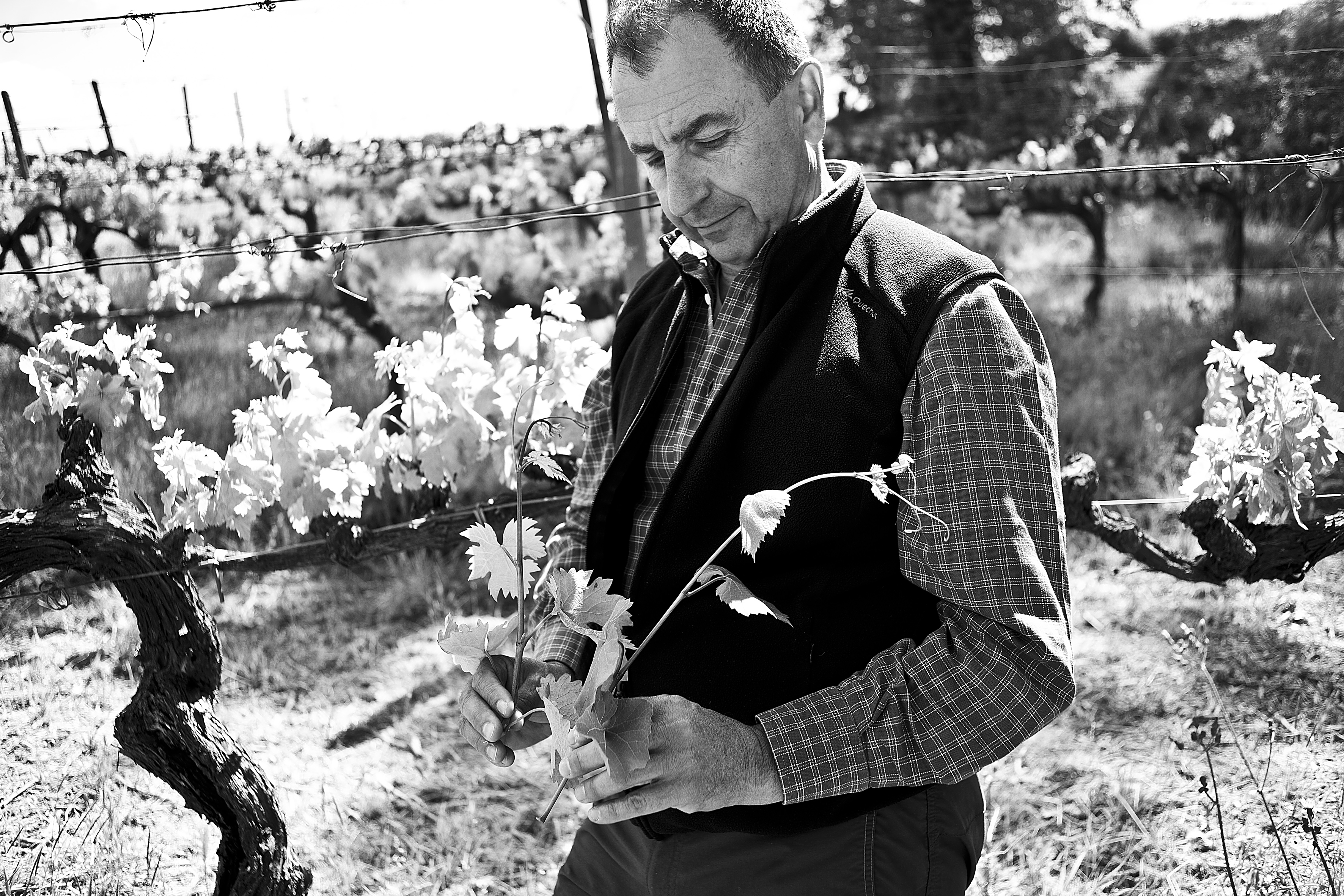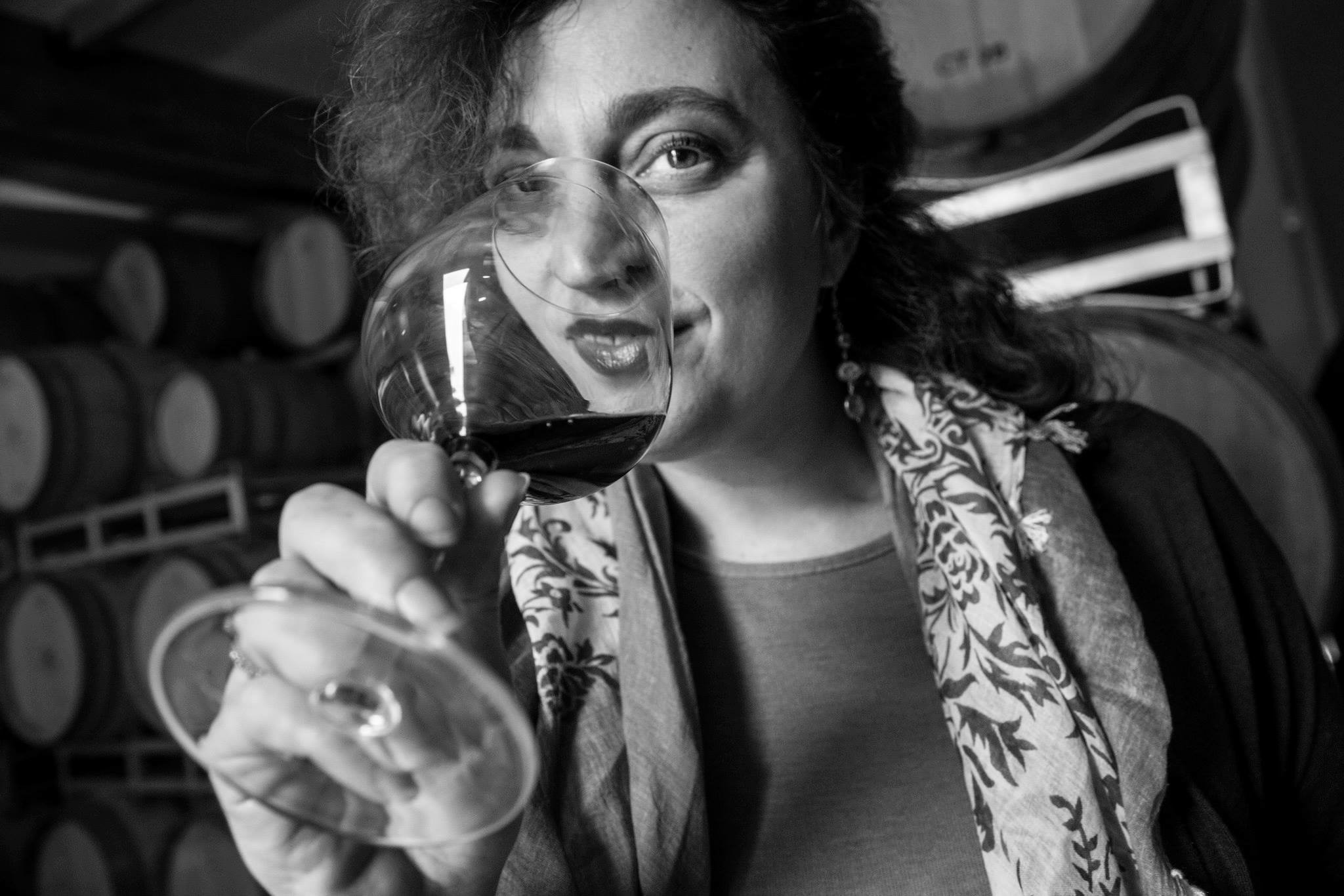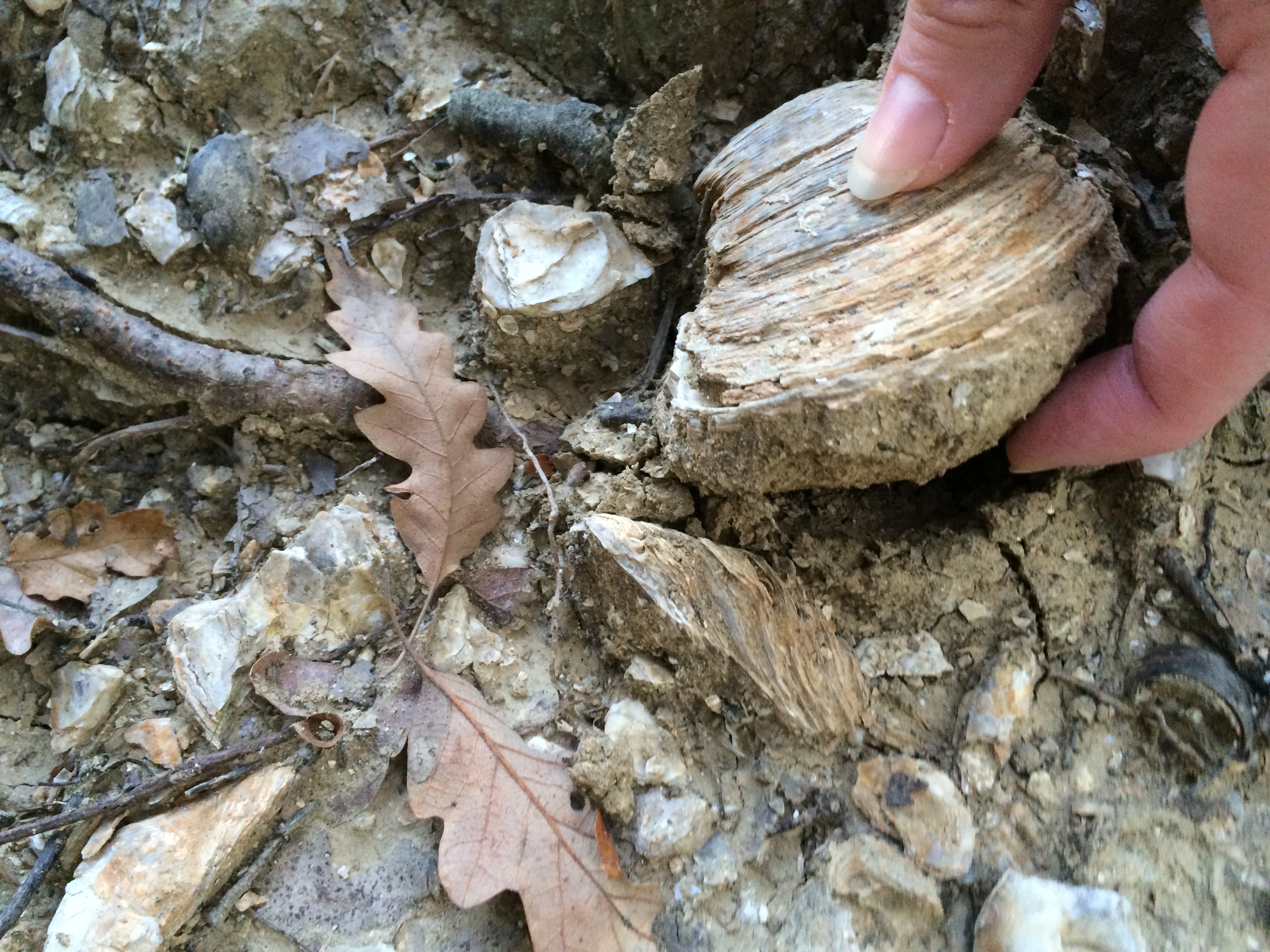You're...
You're...
Our article introduces you to three important women in two of Italy's southern wine regions, each with different winery positions, but all working in regions less familiar to many lovers of good wine. The women are Ilaria Petitto, the CEO of Donnachiara winery in Irpinia, located east of Naples; Teresa Bruno, the owner of the Petilia family winery, also in Irpinia; and Barbara Tamburini, a consulting winemaker associated with a number of well-known wineries in various regions of Italy and now the head winemaker at Duca di Salaparuta in Sicily.
Iris Duplantier Rideau is a legend and, at 85 years old, is finally getting the attention she deserves. She is Creole, born in New Orleans of mixed cultures and race; became a prominent businesswoman and social activist in Los Angeles; and then opened Rideau Vineyard in the Santa Ynez Valley of Santa Barbara, becoming the first Black woman to own a commercial winery in the U.S.
Ottin Elio, based in Aosta, is a small family winery and farm that works organically mostly focused around native varietals. In addition to wine they also farm apples and breed cattle. Grape Collective talks to Nicolas Ottin about the family farm and the evolution of the Valle d'Aosta.
As Leonardo Beconcini tells it, the story of his winery begins in the early 1950s in the Colline Pisane appellation of Chianti. That’s when his grandfather Giuseppe, a sharecropper at the Marchesi Ridolfi estate, purchased the land he had been renting to start his own company of growing and selling agricultural products—everything from fruits and cereals to livestock. It wasn’t until Leonardo’s father, Pietro, took over the business that the focus turned solely to the making of simple Chianti red wine, typical of that time period, sold in straw-covered bottles called fiascos.

Beconcini's research also led to a fascinating discovery of what was then an unknown variety growing amongst the Sangiovese vines, and which he simply labeled 'X.' He was so impressed by the quality of the wine that these mysterious vines produced that he continued to cultivate them. It took more than eleven years and DNA analysis to identify the grapes as Tempranillo.
Most likely the variety had arrived in Chianti centuries ago, brought by religious pilgrims traveling along the ancient Via Francigena which runs through his wine estate. Today the winery produces the only commercially-produced Tuscan Tempranillo wines, two red and one rosé. The winery's portfolio also includes red and white wines from classic Italian varieties of Sangiovese, Malvasia and Trebbiano.
I caught up with Eva Beconcini, co-owner of the winery with her husband, to learn more about this innovative winery and what it’s like to be a small, organic wine producer making artisanal wine in a region with many big industrial producers.

Eva Beconcini: We are between Pisa and Florence, in San Miniato. It’s a wonderful city; a fantastic place and the town of the white truffle in Tuscany. We are an appellation of Chianti Colline Pisane but we only write Chianti on the label and we are in the new DOC Terra di Pisa. For the entire life of my father-in-law he was producing Chianti in fiasco, the straw bottle, so that is our roots, our tradition that we respect and we love and is a part of our blood. This is the winery of my husband, and we work together, but Leonardo is really the man behind everything because he knows the vineyards and all the vines and everything in the cellar as the winemaker. For three years we have also been working with an enologist who has entered the winery with respect for the work that my husband has been doing for years. He helps us to not have such heavy weight on our shoulders because we produce many wines and we have a lot of things to do and so it’s a good marriage.
We have been certified organic for 6 years and in the vineyards we do everything to maintain the fertility of the soil, like with manure, with planting cover crops, but in the cellar we really do nothing. During the past two years we have done some restyling of the cellar but we don’t really use high-technology; we do everything with our hands. We are creating at this moment a new cellar so we have bought a lot of vineyards, as well as land without vineyards where we have planted vineyards, in order to define our project for our winery. And we are very excited to start this project.
We use only our grapes from our own vineyards and we use only the yeast from the skins. We have started to do some white wines, but red winemaking is at our core. All the studies we do in our vineyards are used to make more types of wines. For example, we have found that Malvasia Nera, an ancient grape variety, can make wonderful wines and so we said, let’s do something interesting with it.

Our land used to be on the bottom of the sea 20 million years ago, so the soil is full of fossil shells; it’s white and gray. You walk on shells in the vineyards. We have a lot of white clay too and the shells are crushed and mixed into the clay. We have a lot of water under the soil. Our vines are not in stress, never, even in the summer when it is very warm because the roots are really deep. We really work the soil a lot during the autumn and winter as the clay is very compact and you have to crush it for the roots to go down and down.
As for the climate, we are between three rivers, the River Arno, the main river of Tuscany, the River Elsa, and the River Egola. It’s very important to speak about the rivers because the climate is mild—we are under the Apennines and all the cold winds are stopped by these two mountain chain...
We toured Texas Wine Country for a few days and here are some brief impressions from first-time visitors.
--Texas’s signature red will be Tempranillo and white will be Viognier – or not. We’re starting with this because it’s marvelously controversial. Texas is so large that many in the industry don’t think it needs or can have a signature. We’d argue that wine regions require one or two to cut through the noise: New Zealand Sauvignon Blanc, Malbec from Argentina, and even New Mexico sparkling wine, for instance. “You do want to be known for something,” said Patrick Connelly, general manager of highly respected Becker Vineyard...
Turning on to the drive leading up to the Riofavara Vineyards in Val di Noto, the first thing you notice is all the plant and animal life thriving around you. The biodiversity on the vineyard is evident from the gate, butterflies abundant and flora in full bloom. Massimo Padova and his family have been growing vines for generations but only began bottling their own juice in 1993.